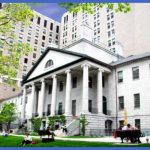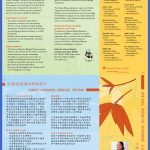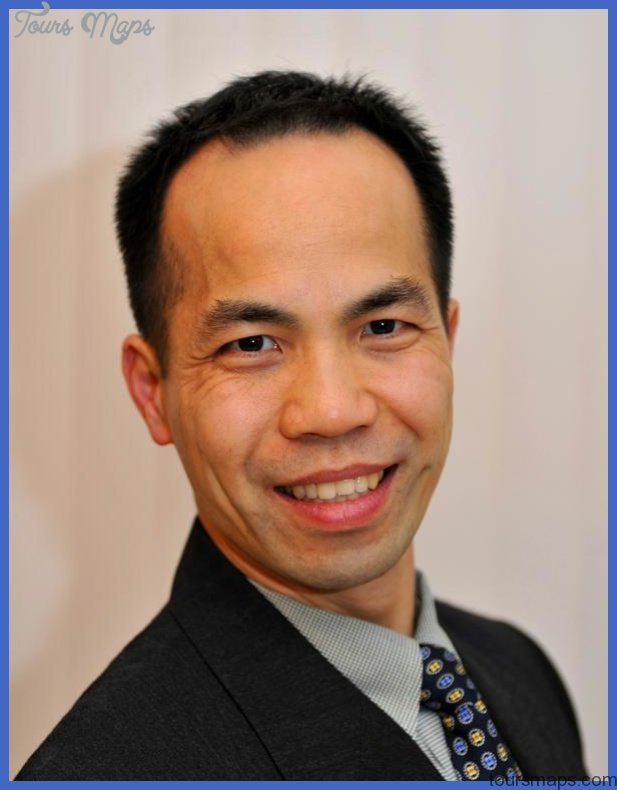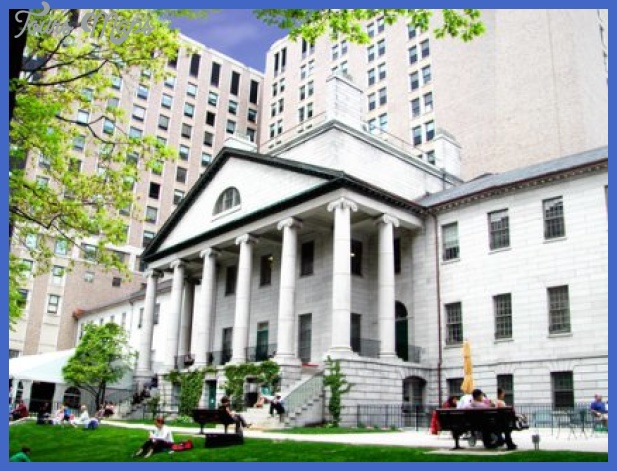Latinos migrating to Massachusetts faced a plethora of difficulties, both when they arrived and as they tried to integrate themselves into the greater community. One of these difficulties with profound consequences was their experiences with public education. Prior to 1970 public schooling in Massachusetts failed to support the growing number of school-age Latino children settling in the commonwealth. The 1970 report The Way We Go to School: The Exclusion of Children in Boston made public the policies and actions that prevented a great number of students from attending Boston public schools. Among the groups it examined, The Way We Go to School report notes that 48 percent of eligible Latino children did not attend school. The report concludes that this resulted from a lack of programs intended to reach and incorporate Spanish-speaking students. The findings published in The Way We Go to School came as no surprise to Latinos living in Boston; however, the emergence of this report prompted Latinos to force change in the school system. The Massachusetts legislature passed the nation’s first bilingual education law in 1970, and by the following year Boston’s first bilingual elementary school had opened. It was named after Rafael Hernandez, a Puerto Rican poet, composer, and musician.
Though the passing of this legislation signified a victory for the Latino community in the Commonwealth of Massachusetts, there remained a great deal of work in putting the new policy into practice. To achieve the ambitious goals of the new law, educators in Boston needed to create programs and make the most of their resources to incorporate Latinos into the classrooms. Furthermore, they needed to improve parent-school relations, place greater funding into facilities, strengthen the quality of curricula and teachers, and offer more support to students who appeared highly likely to drop out.
During the 1970s Latinos labored to maintain the effectiveness of transitional bilingual education programs in Massachusetts. After the 1974 ruling to desegregate the Boston school system their work became especially important in Boston, the city with the largest number of Latino students. Latinos labored to create space in a system based on a black/white dichotomy that failed to offer a voice to a community not defined by race, but by culture, national origin, and language. Within the city of Cambridge, Latinos faced similar problems, primarily the inability to obtain adequate funding. Frustration over the bilingual programs’ deficiencies rose so high that in 1979 the Masters Parents Advisory Council (PAC) charged the federal Department of Health, Education, and Welfare’s Office for Civil Rights for violating the civil rights of bilingual students. The PAC claimed that the city of Cambridge not only failed to provide classrooms and teaching materials to schools but also assigned students not in need of bilingual education to overcrowded programs solely because of their ethnicity.
Despite the initial difficulties Latinos had established themselves in the public school system by the following decade. Their achievement levels, however, remained far below those of other students in Massachusetts. In 1986 and 1987, when state officials first conducted a statistical analysis of dropout rates, Latino students as a group had the highest percentage of students failing to graduate. As the 1990s commenced, Massachusetts underwent a period of educational reform that should have benefited the most underserved students. Unfortunately, nearly 10 years after the implementation of educational reforms Latinos still lagged behind other groups. In 1998 the Massachusetts Department of Education estimated that 29 percent of Latinos beginning high school would not complete their education, whereas only one-third that many white students would dropout.
Massachusetts’s bilingual education programs contained many faults, but in spite of this, it remained a vital tool for the transition of many Latinos. In November 2002, however, the commonwealth voted to end bilingual education. Though 93 percent of Latinos in Massachusetts voted to retain the program, 68 percent of the total votes favored ending bilingual education programs. This policy reversal illustrates an alarming trend in an area with a great influx of Latin American migrants. Behind this vote lays the fear that the large number of Spanish-speaking migrants can divide the United States into two people, two cultures, and two languages.
Education in General and Bilingual Education Massachusetts Photo Gallery
Maybe You Like Them Too
- The Best Cities To Visit in The World
- World’s 10 Best Places To Visit
- Coolest Countries in the World to Visit
- Travel to Santorini, Greece
- Map of Barbados – Holiday in Barbados








